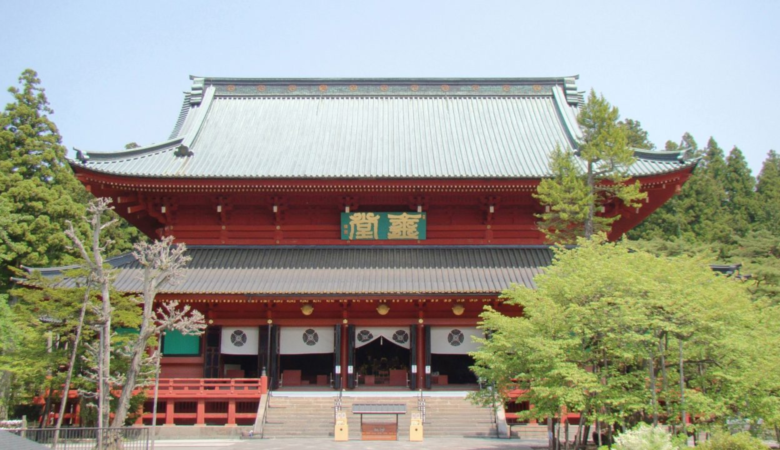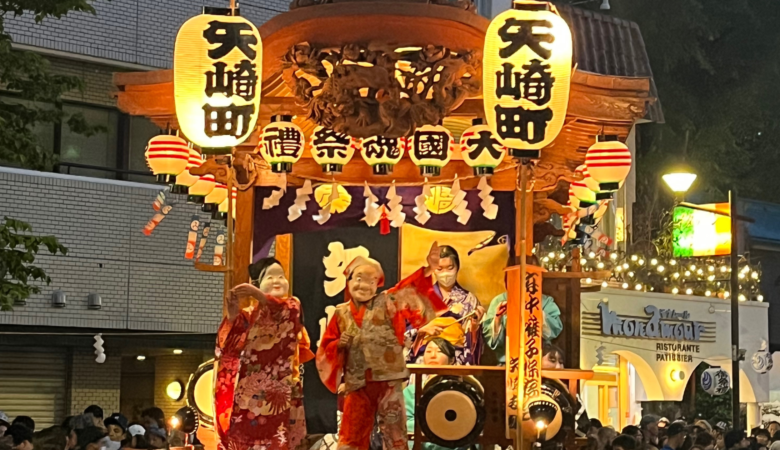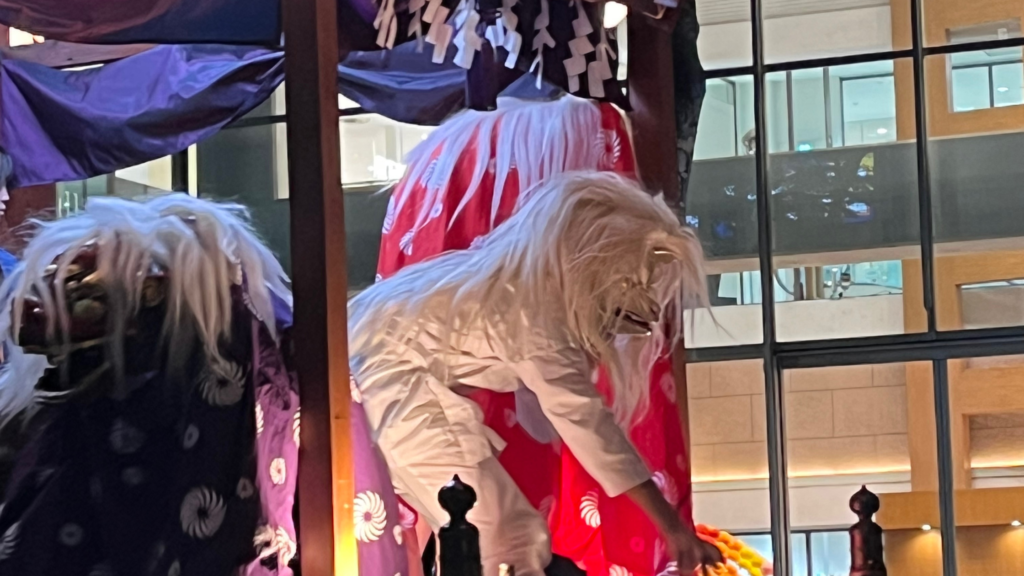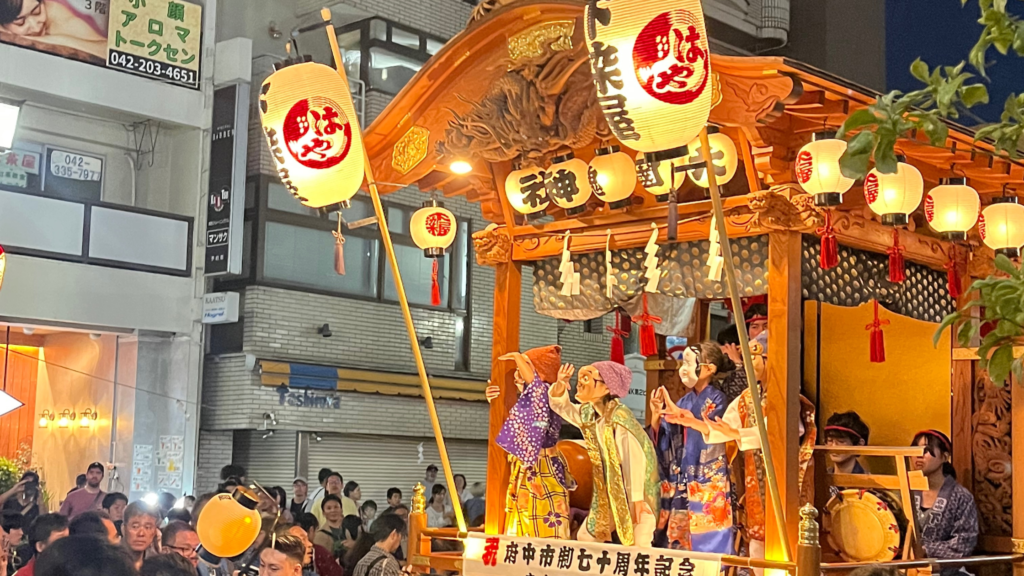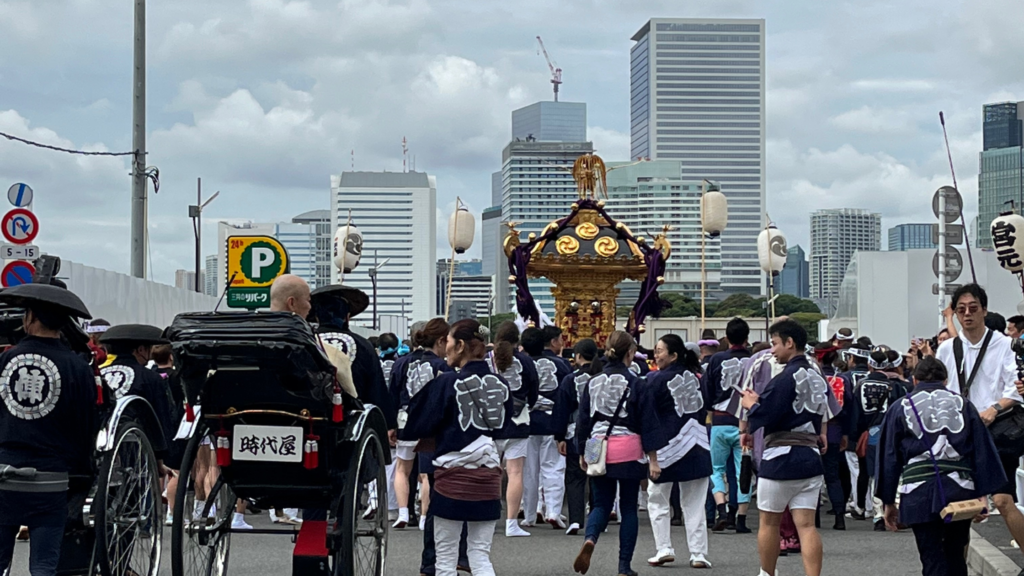One of the most frequently asked questions from people traveling to Japan is what is the difference between shrines and temples? The religion of Japan is “Shintoism”, right? There is such a thing. So this time, I would like to touch on the difference between a shrine and a temple.
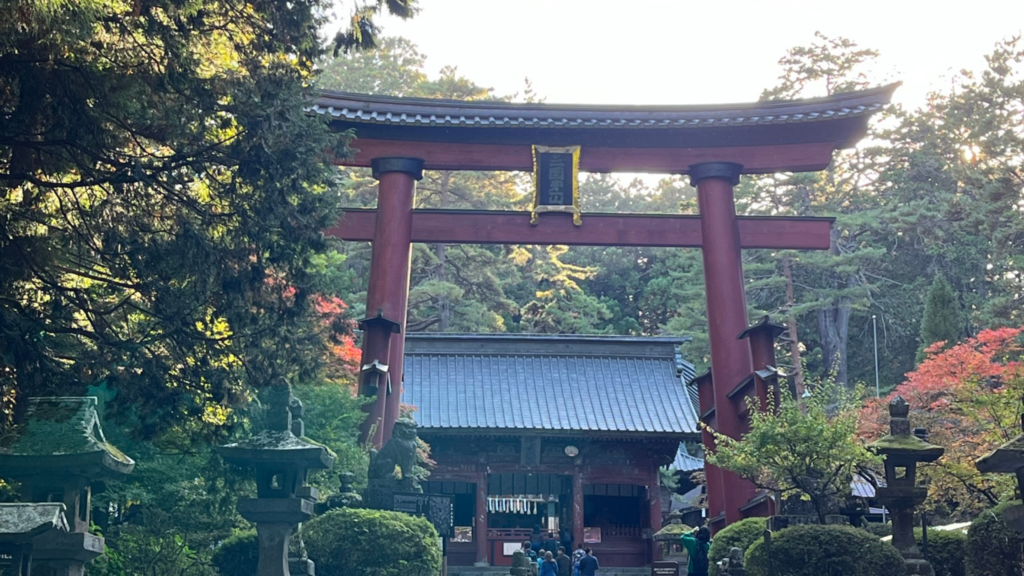
There are about 80,000 shrines and 77,000 temples in Japan. Both shrines and temples are very sacred places, and they are places where you can pray peacefully and relaxed. Its unique space and beauty are indispensable for sightseeing in Japan.
Not only do you have to look at its unique beauty and take pictures, but you can also experience the cultural part of it, which will make your trip to Japan even more fulfilling. So, whether you’re drawn to the mystical allure of shrines or the serene wisdom of temples, Japan’s sacred sites promise an unforgettable adventure!
In the first place, the difference between a shrine and a temple is a facility with a different religion. Due to the differences in religious beliefs, the content of prayer is mainly different between shrines and temples.
Shrine:
We worship God at Shinto religious facilities. At the shrine, people pray for happiness and wishes in this world, and when their wishes come true, they come to thank them.
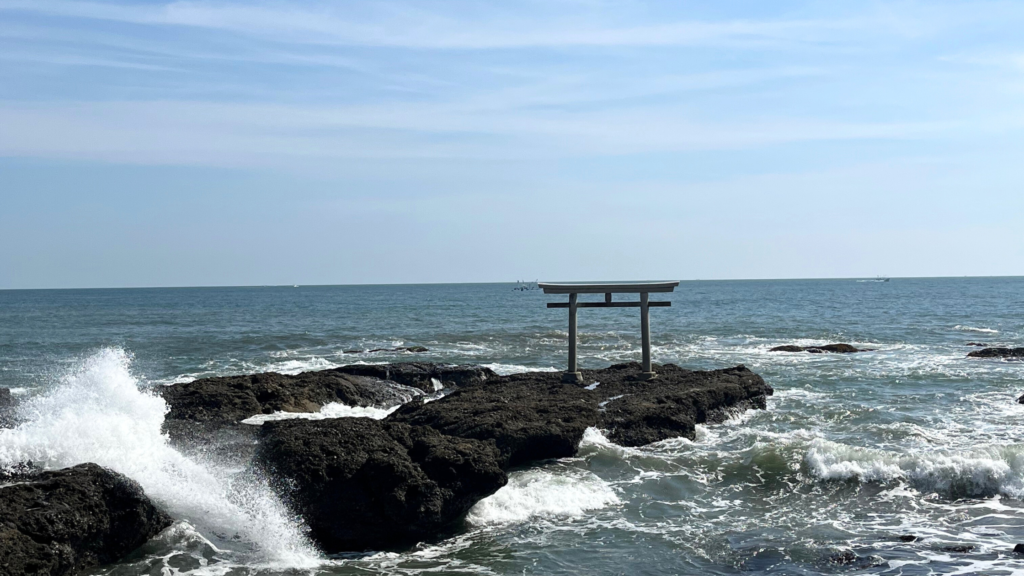
Temples:
Enshrine the Buddha in a Buddhist religious facility. At the temple, we express our gratitude for our daily lives and pray for a paradise after death.
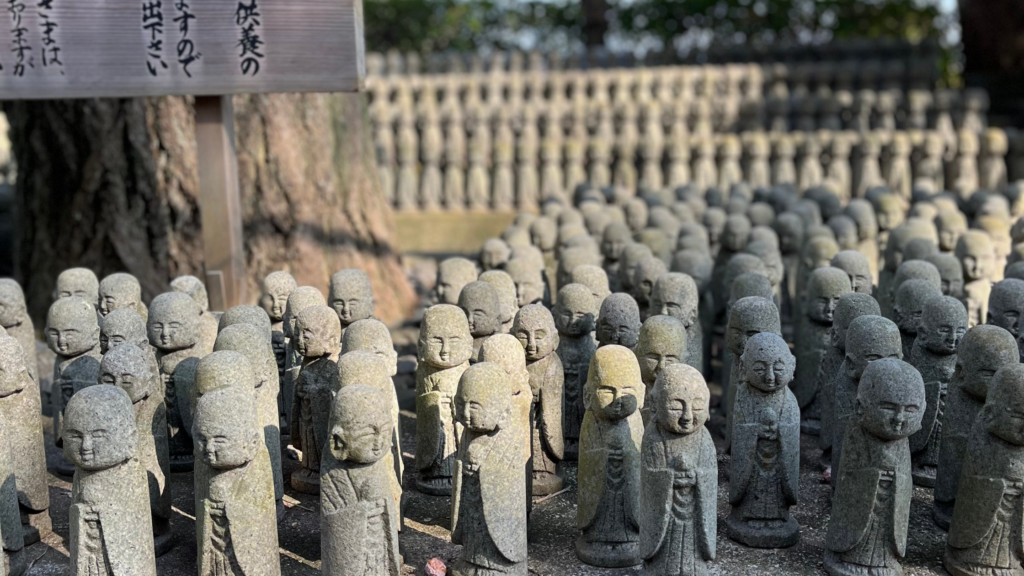
So how are Shinto and Buddhism different? Here are some of the differences between Shinto and Buddhism.
Difference Between Shinto and Buddhism
Shinto is an ethnic religion born in Japan. In Shintoism, it is believed that gods dwell in everything around us, and are sometimes described as “eight million gods”. Shinto is not a monotheistic religion, but a polytheistic religion. The supreme deity of Shinto is Amaterasu, the radiant sun goddess. Multiple gods are enshrined in the shrine, and the gods enshrined in each shrine are called “Saishin”. In some cases, those who have achieved great feats are enshrined as gods in shrines. For example, Nikko Toshogu Shrine is Tokugawa Ieyasu, Dazaifu Tenmangu Shrine is Sugawara Michishin, and Meiji Jingu Shrine is Emperor Meiji and Empress Meiken. The shrine will be set up in a “special sanctuary”.
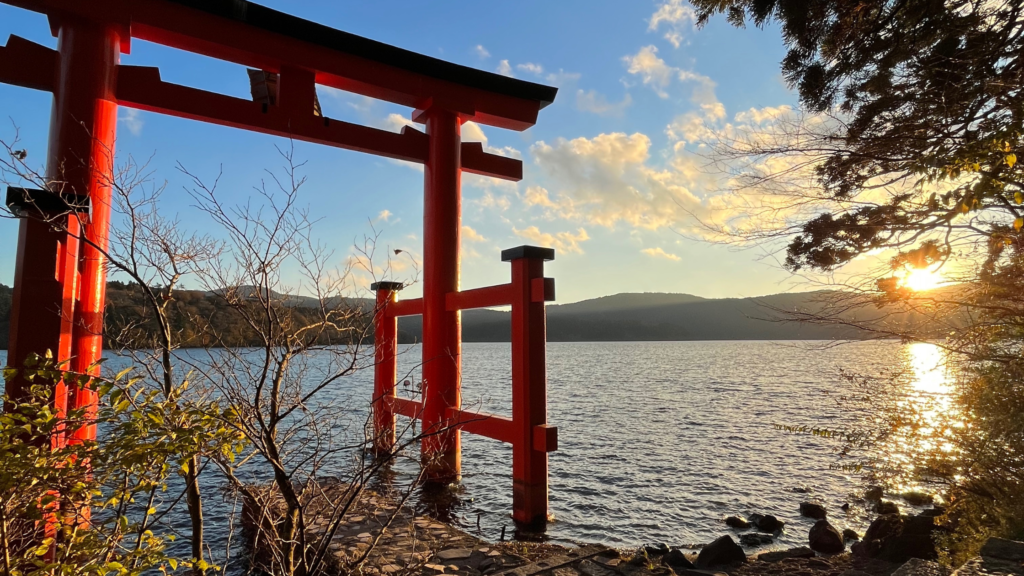
The shrine enshrines the “divine body” in which the gods dwell. The divine body is the object of worship. There are various types of deities, from mirrors and swords to the sea, to mountains, to things in nature that have been transformed into animals. For example, the shrine of Asama Shrine’s divine body is majestic Mt. Fuji, and the Atsuta Jingu cradles an ancient sword.
It is believed that all the objects enshrined in the shrine have spiritual power and protection.
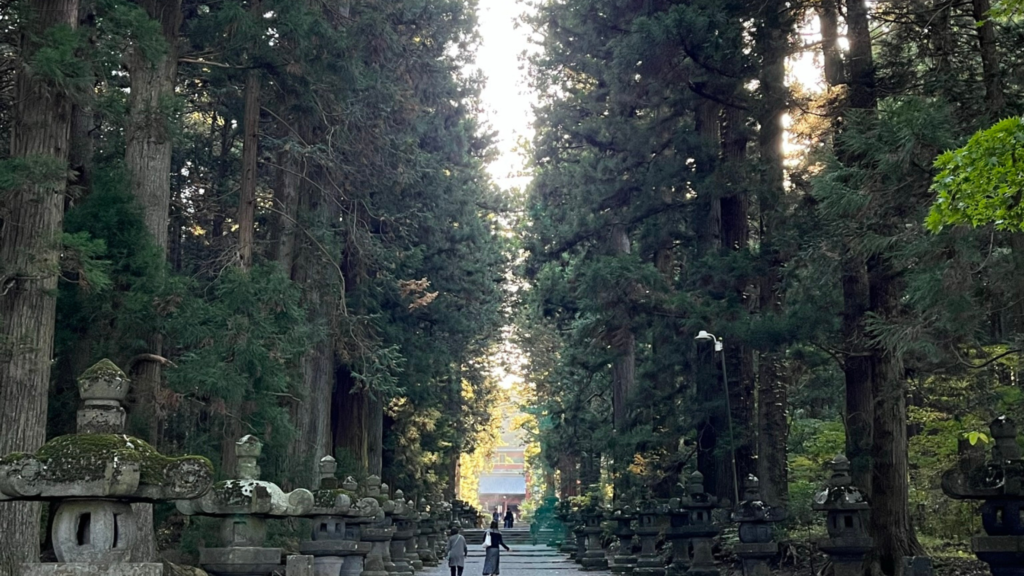
Since there is no guru or doctrine, there is no teaching not to do this, but if I dare to name a few, it is rooted in the hearts and cultures of many Japan people, such as “giving in,” “supporting each other,” “thanks,” and “punishment.”
Buddhism is a foreign religion that originated in India and was introduced to Japan around the 6th century via China. Buddhism is a world religion founded by Buddha, and it offers prayers based on scriptures and thinks about people’s salvation, such as how to go to the Pure Land of Paradise after death. The temple is decorated with the “Gohonzon”, which is the object of worship. The highest rank is a Buddha called “Amitabha”. More than half of the temples in Japan have Amida enshrined.
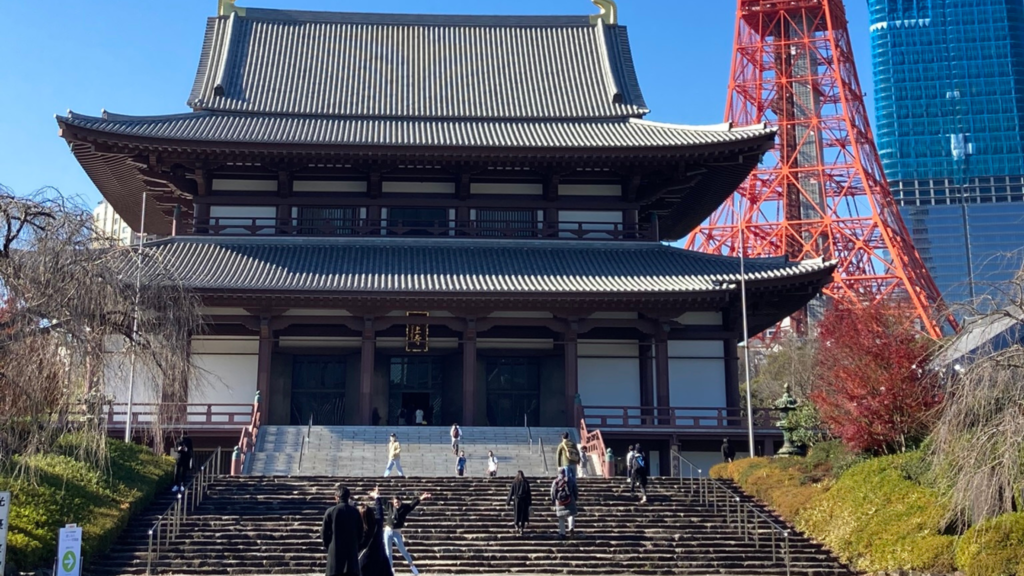
The cornerstone of Buddhist teachings is “reincarnation,” in which life and death circulate. It is an image of becoming enlightened through prayer and breaking out of the painful cycle of life and death. There is a teaching called “causal retribution” that all evil deeds will return and will be unfortunate in the next life, and conversely, good deeds will remain as virtues and will return in a fortunate form. Buddhism has precepts, and there are precepts that prohibit stealing and killing. Compassion and mindfulness guide our actions.
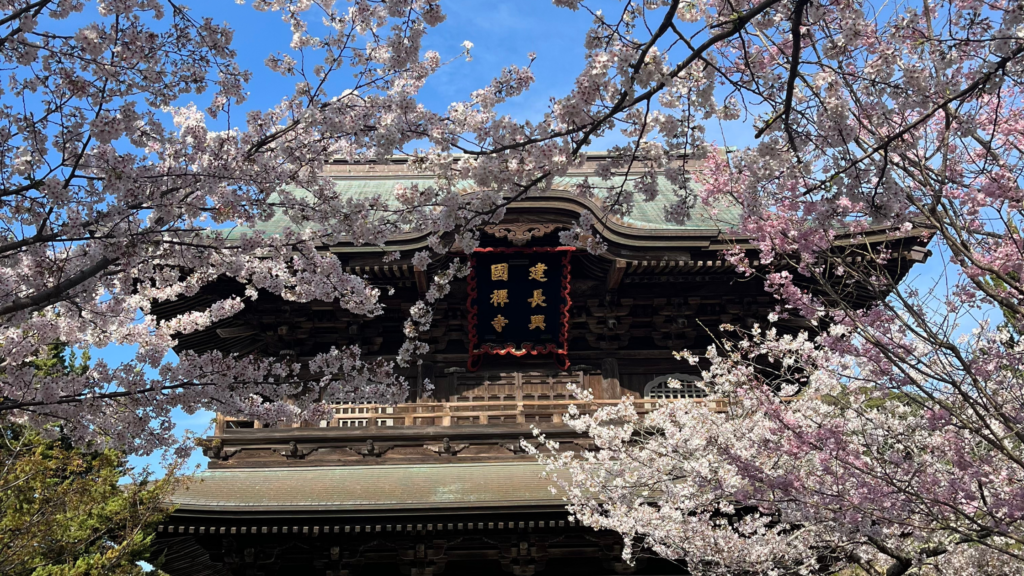
In addition, there are several sects of Buddhism, and one of them, Zen Buddhism, is different from the idea that you can get out of suffering just by praying based on the scriptures, and the idea of attaining enlightenment through rigorous training without relying on the scriptures. Some of you may have heard of it as “Zen” overseas.
Zen training is mainly carried out in the great outdoors, but in order to practice from indoors, Zen Buddhist temples also feature a beautiful Zen garden of “dry mountain water” that represents nature.

Are Japan people irreligious?
It is said that 61% of people in Japan are not religious, but in addition to first pilgrimage, grave visits, and weddings, there are many Japan people who visit shrines and temples and hold festivals at every milestone.
Unlike monotheistic countries, polytheistic Japan does not worship on a fixed day, and it may be difficult to understand when you see Christmas celebrated or Buddhist people having weddings in churches. For better or worse, Japan’s openness to religion has allowed it to absorb cultural influences from around the world at a very rapid pace.
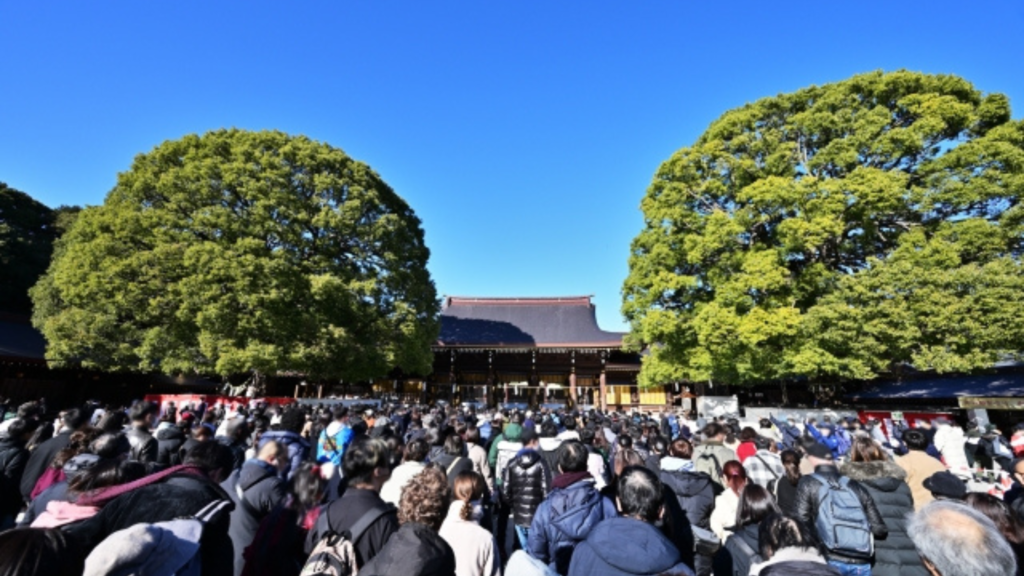
How to distinguish a shrine from a temple
There is a torii gate at the entrance of the shrine, but the temple has a mountain gate, a bell, and a tomb. Shrines (jinja) are dedicated to kami (spirits or deities), and the torii symbolizes the transition from the mundane to the mystical, while the mountain gate(Sanmon) signify the boundary between our world and enlightenment.

Look out for komainu, the mythical lion-dog guardians, gracing shrine grounds. Their fierce yet protective presence adds to the enchantment. Keep an eye out for statues of Nio—the fierce at temple, muscular guardians who ward off evil. Their solemn gaze invites contemplation.
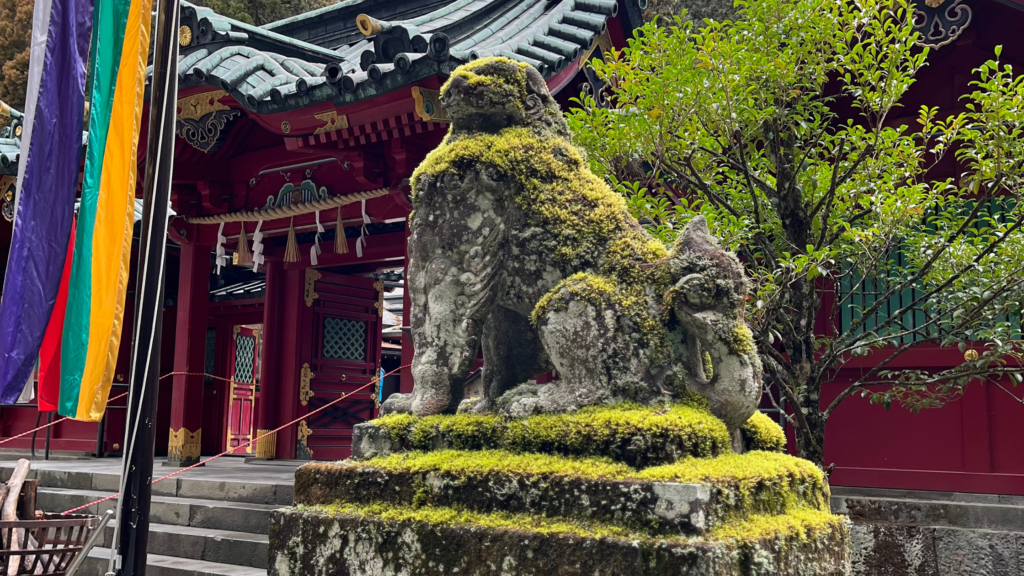
The roof of the shrine is based on materials of natural origin and is characterized by planking on stilts. Compared to simple shrines, temples have more buildings, are more solemn, and have tiled roofs.
Since the temple is both a place of training and a place of living, there are various ancillary facilities such as kitchens and living rooms.
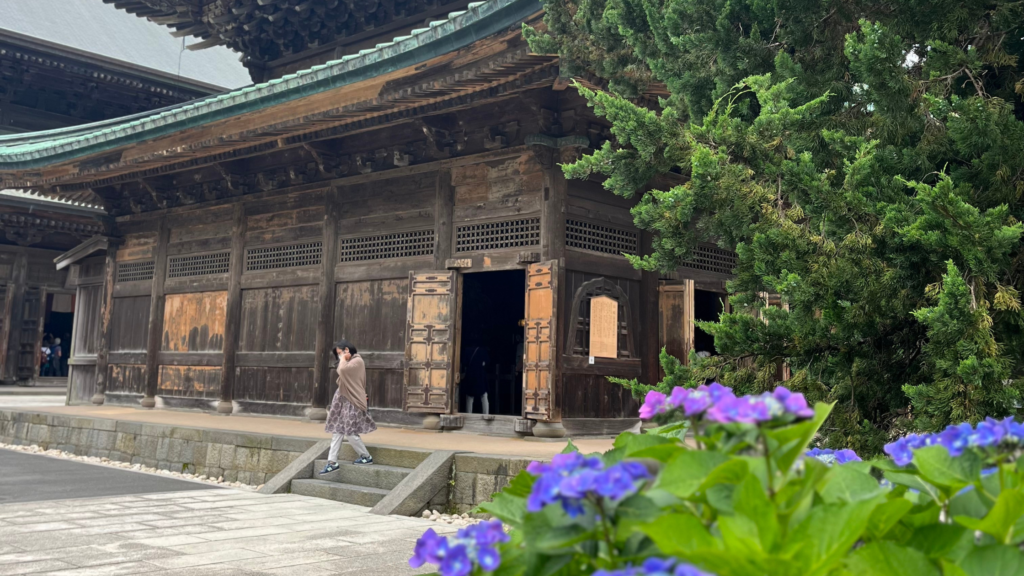
Also, at the shrine, you cannot see the enshrined god like the Buddha statue in the temple. Shrines have priests and priestesses, while temples have monks and nuns.
Sometimes, shrines and temples share space, their torii gates intertwining. This reflects Japan’s rich history, where Shinto and Buddhism coexist harmoniously.
Differences in Worship Methods
First, cleanse your hands and mouth with hand water. After that, head to the main shrine. Put in the money and ring the bell. Up to this point, both shrines and temples are common.
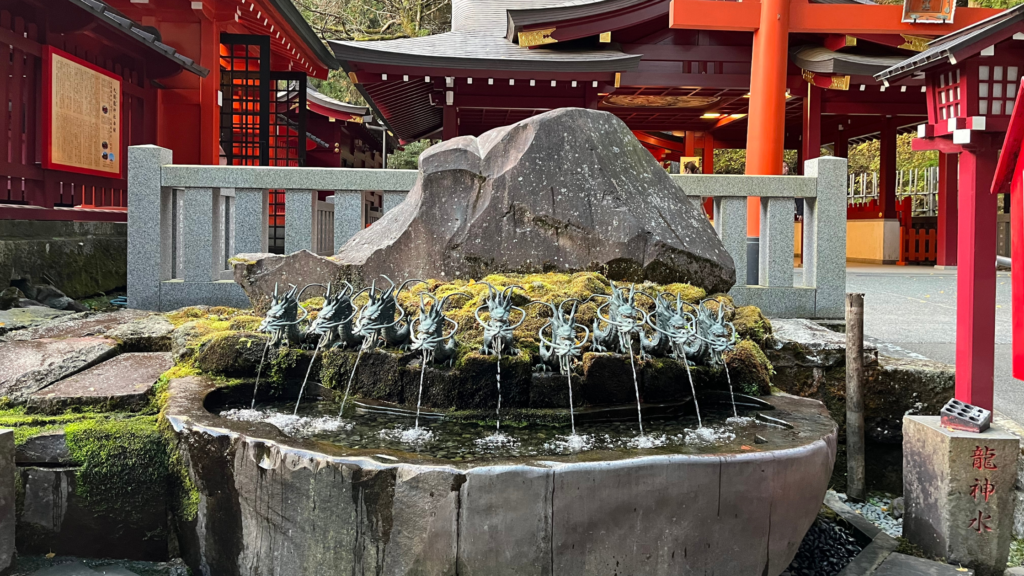
At the shrine, you will worship with “two bows, two clap, one bow”. Bow twice, clap twice, pray, and bow one last time.
In the temple, we do not clap our hands, but ring a large disc bell and silently put our hands together in prayer. Where there is an incense stand, we burn incense.
It is said that it is important to state your name and address at the shrine and express your gratitude before visiting with all your heart.
After visiting the shrine, when you leave the torii gate and the mountain gate, you bow to the main shrine.
Goshuin Seal
The Goshuin seal is a stamped certificate that is given as a proof of the visit to a shrine or temple. Collecting Goshuin seals is popular in Japan. This can be obtained at both shrines and temples.
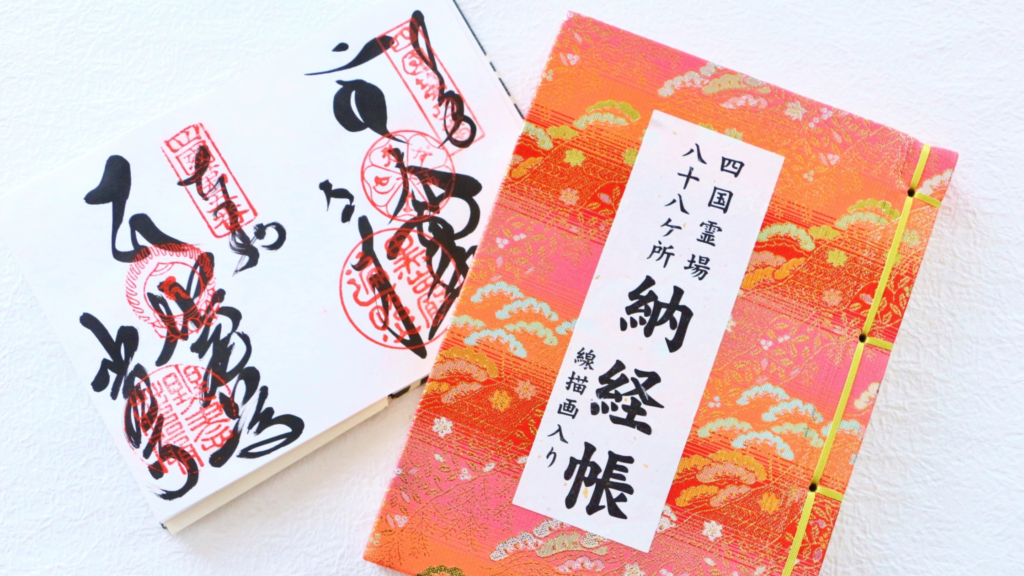
In this article, we have introduced the difference between shrines and temples. It can be briefly summarized as follows.
- Shinto shrines are Shinto facilities that originated in Japan and are built in sacred places to pray to the gods for happiness in this world. The structure is simple with natural materials. There is a torii gate and a komainu guards it.
- The temple is a Buddhist religious facility that originated in India, and is a place to pray to the Buddha for gratitude in this life and for the Pure Land of Paradise after death. The structure is majestic and features a tiled roof. There is a mountain gate and a statue of Nio guards it.
- Shinto teachings are rooted in the sensuous ethics of the Japan people
- In Buddhism, reincarnation and causal retribution are the cornerstones of belief
- Shinto does not have the precepts of Buddhism
- Shinto and Buddhism are closely intertwined, and shrines and temples are sometimes located on the same site, making it difficult to distinguish them
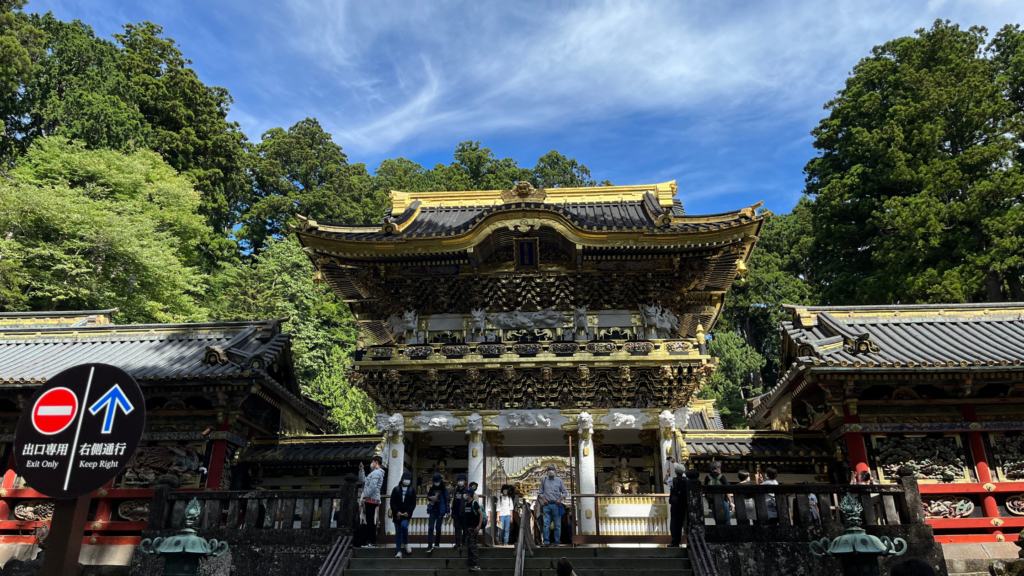
How was it, everyone? Did you understand the difference between a typical shrine and a temple to feel Japan culture? So, dear travelers, pack curiosity, wander ancient paths, and let Japan’s whispers guide you.
Mahalo Nuiloa Local Guide Japan coordinates your desired trip. We look forward to supporting your trip to Japan. You can check the tour image of the trip on this site.

